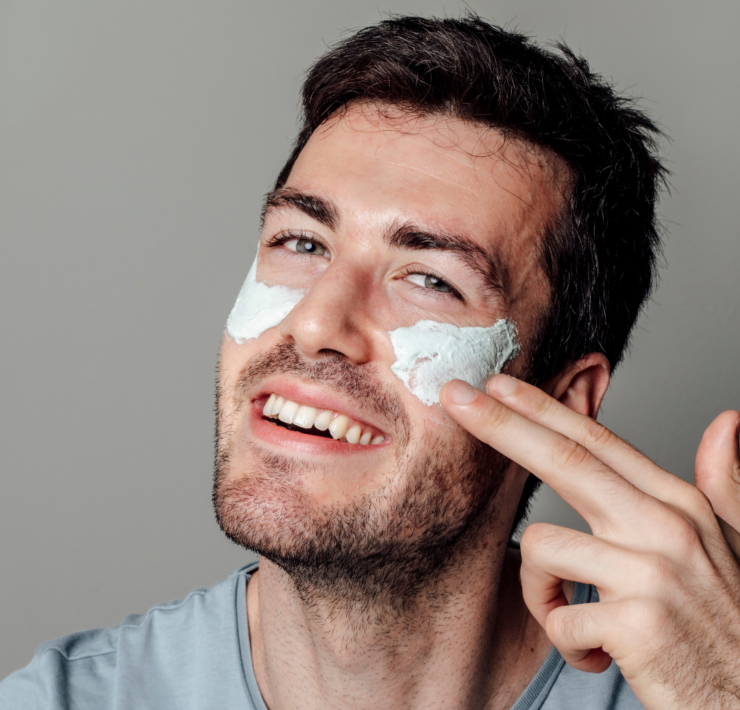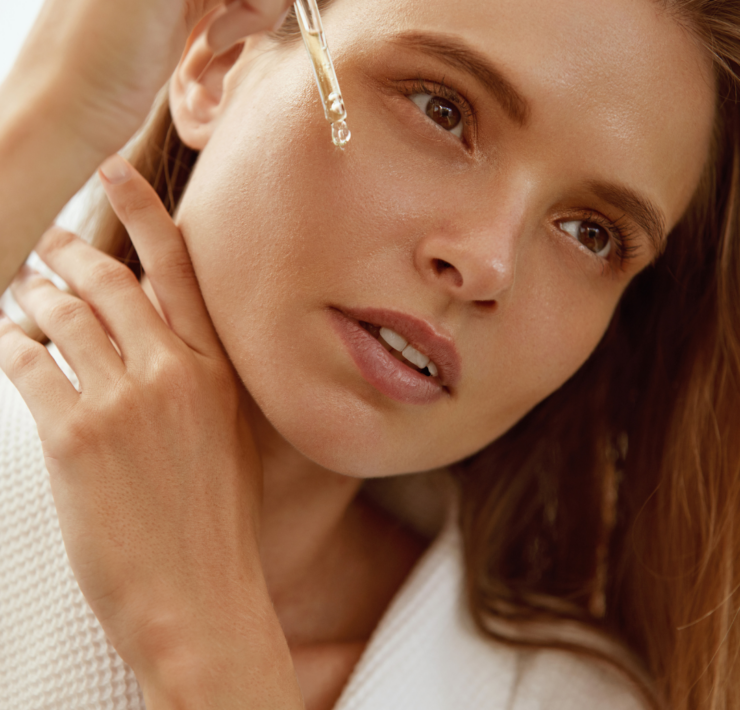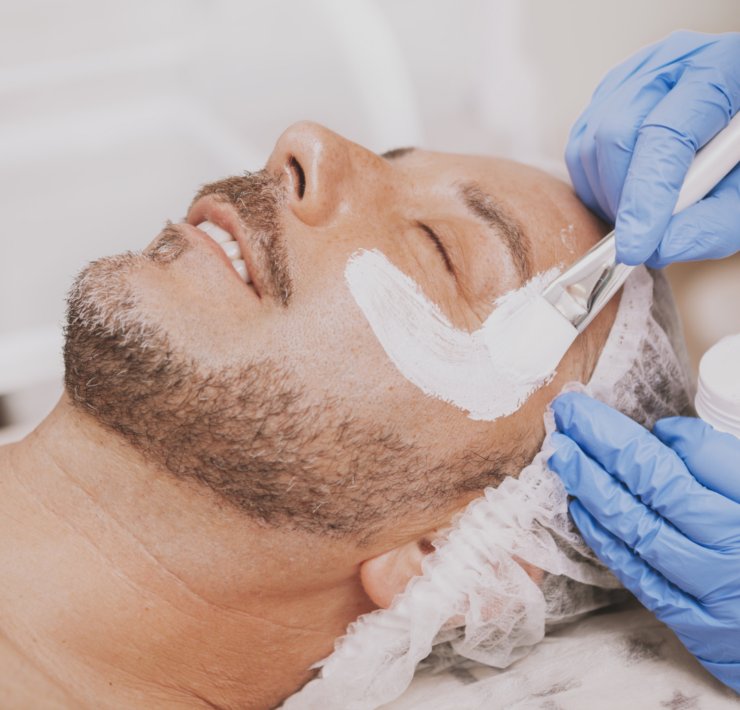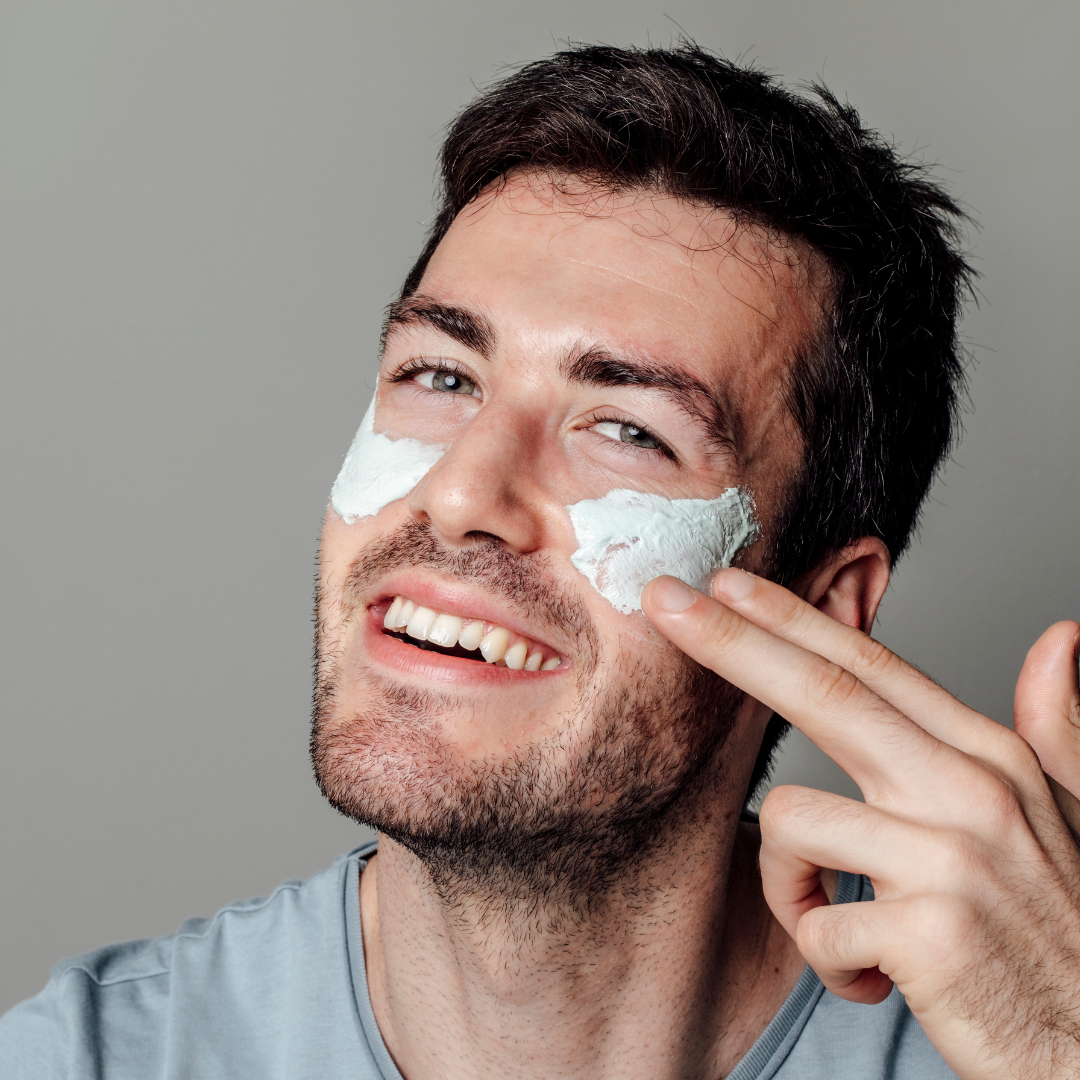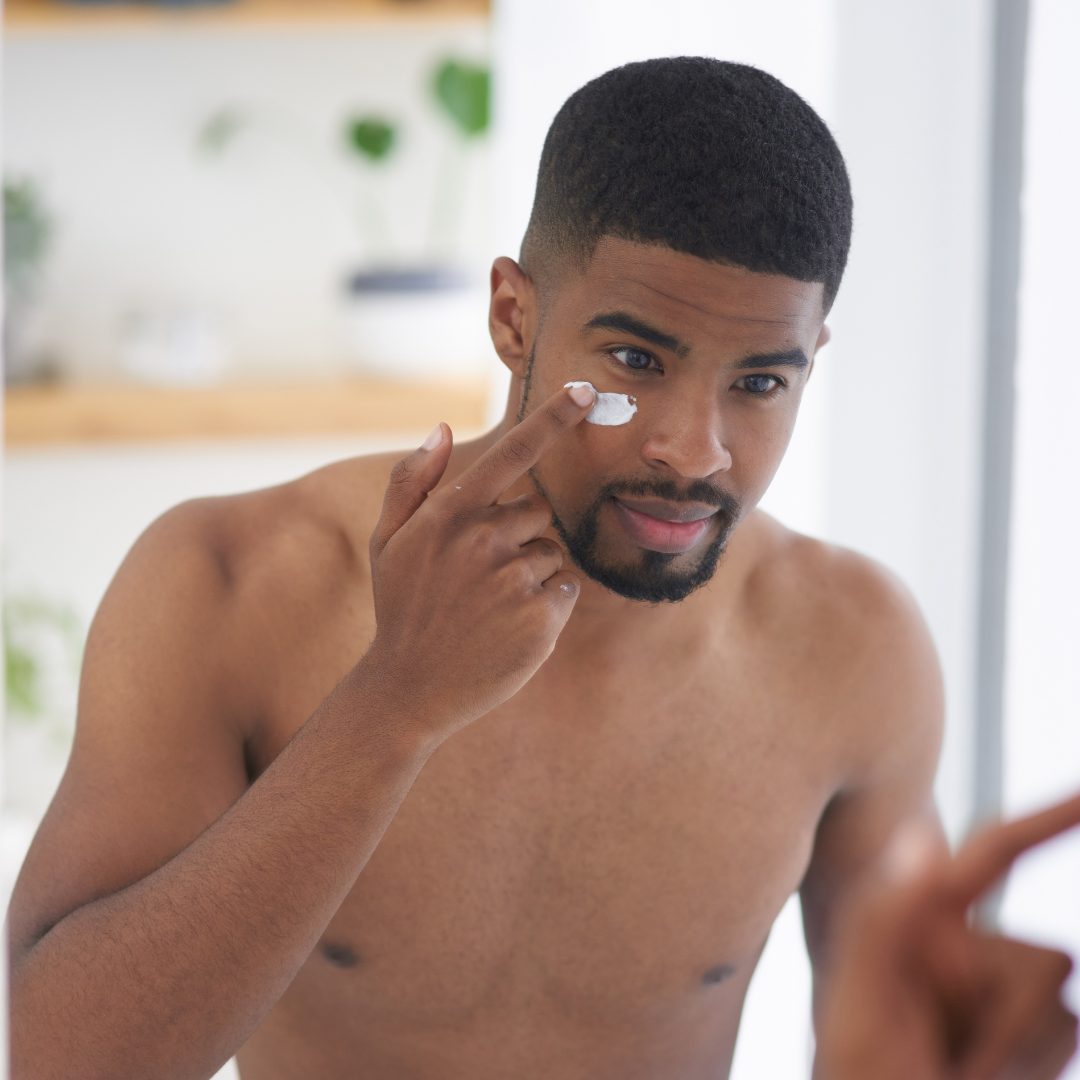Moisturizer and Lotion: Understanding the Different Types and Choosing the Best One for Your Skin

Maria H. Alaniz is the Director of Social Media for…



 +7
+7 Moisturizer and Lotion: Understanding the Different Types and Choosing the Best One for Your Skin
Moisturizer and Lotion: Understanding the Different Types and Choosing the Best One for Your Skin
Moisturizer and Lotion: Understanding the Different Types and Choosing the Best One for Your Skin
Moisturizer and Lotion: Understanding the Different Types and Choosing the Best One for Your Skin
Moisturizer and Lotion: Understanding the Different Types and Choosing the Best One for Your Skin
Moisturizer and Lotion: Understanding the Different Types and Choosing the Best One for Your Skin
Moisturizer and Lotion: Understanding the Different Types and Choosing the Best One for Your Skin
Moisturizer and Lotion: Understanding the Different Types and Choosing the Best One for Your Skin
Moisturizer and Lotion: Understanding the Different Types and Choosing the Best One for Your Skin
Moisturizer and Lotion: Understanding the Different Types and Choosing the Best One for Your Skin
When it comes to skincare, moisturizers are a fundamental step in any routine. However, with the myriad of options available, it can be overwhelming to choose the right moisturizer for your specific skin type and concerns. That’s why understanding the different types of moisturizers is crucial for achieving optimal hydration and addressing specific skincare needs.
In this comprehensive guide, we will explore the various types of moisturizers, including emollients, humectants, occlusives, and ceramides. We will decode the difference between moisturizer and lotion, helping you make an informed choice. Additionally, we will delve into choosing the perfect moisturizer for different skin types, whether you have oily, dry, combination, or normal skin.
Exploring the Different Types of Moisturizers
When it comes to moisturizers, understanding the different types is essential for choosing the right one that caters to your specific skin needs. Let’s take a closer look at the four main categories of moisturizers: emollients, humectants, occlusives, and ceramides.
1. Emollients
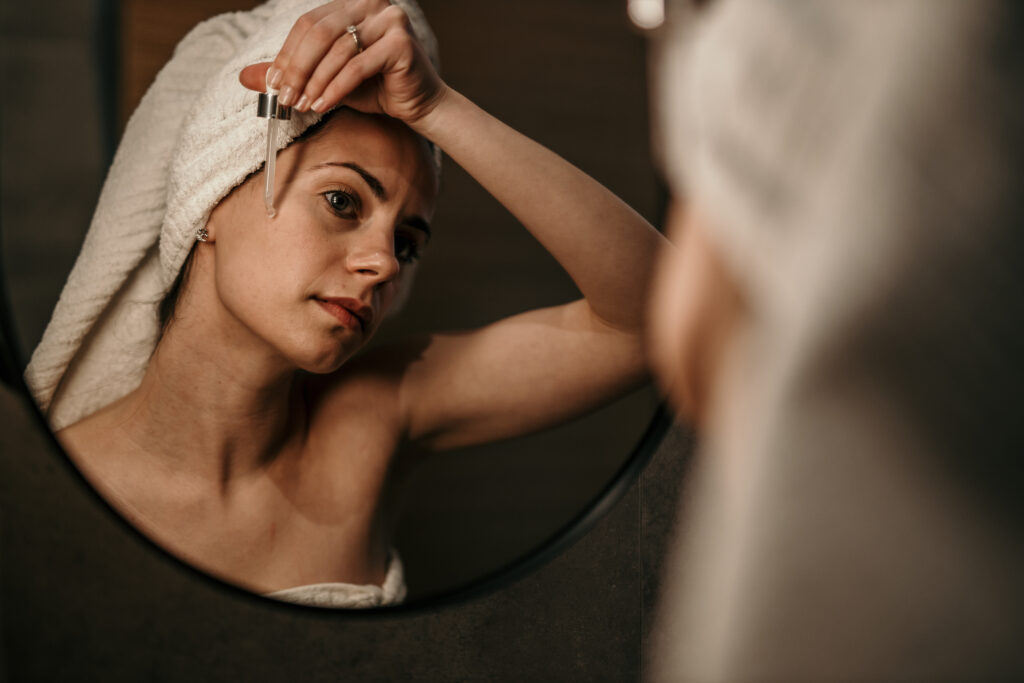
These moisturizers are oil-based and work by forming a protective layer on the skin’s surface, trapping moisture and preventing water loss. Emollients are particularly beneficial for dry, itchy, or scaly skin conditions, such as eczema. They provide maximum moisture and hydration, leaving the skin soft, supple, and nourished.
2. Humectants

Unlike emollients, humectant moisturizers are water-based and work by drawing water into the top layer of the skin when applied. They are highly effective in maintaining hydration and are commonly found in serums, lotions, creams, and face moisturizers. Humectants are ideal for oily skin as they provide hydration without adding extra oiliness.
3. Occlusives

Occlusive moisturizers create a physical barrier over the skin, preventing moisture loss through evaporation. These moisturizers are typically oil-based and are excellent for dry and dehydrated skin. They are particularly useful in sealing hydrating and restorative ingredients, making them ideal for damaged or ageing skin.
4. Ceramides

Ceramide moisturizers play a vital role in supporting the skin’s natural moisture barrier. They help the skin retain moisture by preventing water evaporation. Ceramides can be naturally occurring or synthetically created and are suitable for all skin types. They are especially beneficial for dry and irritated skin, providing long-lasting hydration and nourishment.
Moisturizer and Lotion: Decoding the Differences and Benefits
When it comes to skincare, the terms “moisturizer” and “lotion” are often used interchangeably. However, understanding the differences between these two products can help you make informed choices for your skincare routine. Let’s decode the disparities and explore the benefits of moisturizers and lotions.
Moisturizers are skincare products specifically designed to hydrate and nourish the skin. They typically have a thicker consistency and contain a higher concentration of moisturizing ingredients. Moisturizers are formulated to provide long-lasting hydration, improve the skin’s moisture barrier, and address specific skin concerns such as dryness, sensitivity, or ageing.
On the other hand, lotions are lighter in texture and have a higher water content compared to moisturizers. Lotions are more fluid and spread easily on the skin, making them suitable for daily use on the face and body. They are often preferred for their lightweight feel, quick absorption, and ease of application.
Choosing the Right Moisturizer for Your Skin Type: A Comprehensive Guide

Finding the perfect moisturizer for your skin type is essential to maintain a healthy and hydrated complexion. With a wide range of options available, it can be overwhelming to navigate through the countless products on the market. However, by understanding your skin type and its specific needs, you can make an informed decision and select a moisturizer that suits you best.
- Identifying Your Skin Type: The first step in choosing the right moisturizer is to determine your skin type. Is it oily, dry, combination, or normal? Each skin type has distinct characteristics that require tailored care. Oily skin tends to produce excess sebum, while dry skin lacks moisture. Combination skin is a mix of both oily and dry areas, and normal skin is well-balanced.
- Understanding Your Skin’s Needs: Once you have identified your skin type, it’s important to consider your skin’s specific needs. Do you have sensitive skin that requires gentle and soothing ingredients? Are you concerned about signs of ageing and in need of a moisturizer with anti-ageing properties? Understanding your skin’s unique requirements will help you narrow down your options.
- Assessing Ingredients: Look for moisturizers that contain beneficial ingredients for your skin type. For oily or acne-prone skin, seek lightweight, oil-free formulas with ingredients like salicylic acid or tea tree oil to control excess sebum and prevent breakouts. Dry skin can benefit from moisturizers enriched with hydrating ingredients like hyaluronic acid, glycerin, or shea butter to replenish moisture and restore the skin’s barrier.
- Texture and Consistency: Consider the texture and consistency of the moisturizer. Lightweight lotions or gels are ideal for oily or combination skin, as they provide hydration without feeling heavy or greasy. Creams or thicker formulations are better suited for dry or mature skin, as they offer intense moisture and nourishment.
- SPF Protection: If sun protection is a concern, opt for a moisturizer with added SPF. Protecting your skin from harmful UV rays is crucial in preventing premature aging and reducing the risk of skin cancer. Look for a broad-spectrum moisturizer with a minimum SPF of 30 for daily sun protection.
- Patch Test: Before fully incorporating a new moisturizer into your skincare routine, perform a patch test. Apply a small amount of the product to a discreet area of your skin and observe for any adverse reactions. This step will help you determine if the moisturizer is suitable for your skin and won’t cause any irritation or allergies.
Identifying Your Skin Type: Key Factors to Determine Your Ideal Moisturizer

Determining your skin type is an essential step in selecting the right moisturizer for your skincare routine. Each skin type has specific characteristics and needs that require tailored care. By understanding the key factors that define your skin type, you can make informed decisions when choosing the ideal moisturizer to keep your skin healthy and hydrated.
- Oily Skin: If your skin appears shiny, especially in the T-zone (forehead, nose, and chin), and is prone to acne breakouts, you likely have oily skin. Look for oil-free or non-comedogenic moisturizers that are lightweight and won’t clog your pores. Ingredients like salicylic acid or tea tree oil can help control excess oil production and prevent breakouts.
- Dry Skin: Dry skin often feels tight, and rough, and may show signs of flakiness. It lacks moisture and may be more prone to fine lines and wrinkles. Look for moisturizers that are rich in hydrating ingredients like hyaluronic acid, glycerin, or shea butter. These ingredients help replenish moisture and improve the skin’s barrier function.
- Combination Skin: Combination skin is characterized by having both oily and dry areas on the face. Typically, the T-zone is oilier, while the cheeks and jawline may be drier. Opt for lightweight, oil-free moisturizers that can hydrate the drier areas without exacerbating oiliness in the T-zone. Balancing ingredients like niacinamide or hyaluronic acid can help maintain moisture equilibrium.
- Normal Skin: Lucky you! Normal skin is well-balanced, with no excess oiliness or dryness. It has a smooth and even texture, with minimal sensitivity or breakouts. A moisturizer that provides lightweight hydration and helps maintain the skin’s natural balance is ideal for normal skin types. Look for formulas that offer moisture without being too heavy or greasy.
- Sensitive Skin: If your skin is easily irritated, prone to redness, or reacts to many skincare products, you likely have sensitive skin. Opt for gentle, fragrance-free moisturizers with soothing ingredients like aloe vera or chamomile. It’s crucial to avoid potential irritants, such as alcohol or fragrances, which can trigger sensitivity and inflammation.
Conclusion

In conclusion, understanding the different types of moisturizers and choosing the right one for your skin type is crucial for maintaining healthy, hydrated skin. Moisturizers play a vital role in nourishing and protecting the skin, regardless of whether you opt for emollients, humectants, occlusives, or ceramides.
By decoding the differences and benefits between moisturizers and lotions, you can make an informed decision about which product suits your skin’s specific needs. Whether you have oily skin, dry skin, or a combination of both, there are moisturizers available that cater to your unique requirements.
Remember, identifying your skin type is the first step in selecting an ideal moisturizer. By considering factors such as oiliness, dryness, and sensitivity, you can find a moisturizer that provides the necessary hydration without causing any adverse effects.
Maria H. Alaniz is the Director of Social Media for Breathe Media, a Miami-based media company promoting wellness and mindfulness. With years of experience in managing influencers, project management, and social creative leadership, Maria brings a wealth of knowledge to the team. She is also a weekly contributor to Breathe Media domains, providing new insights and perspectives on wellness experiences. Maria is dedicated to inspiring people to live healthier, more fulfilling lives through her work with Breathe Media.





